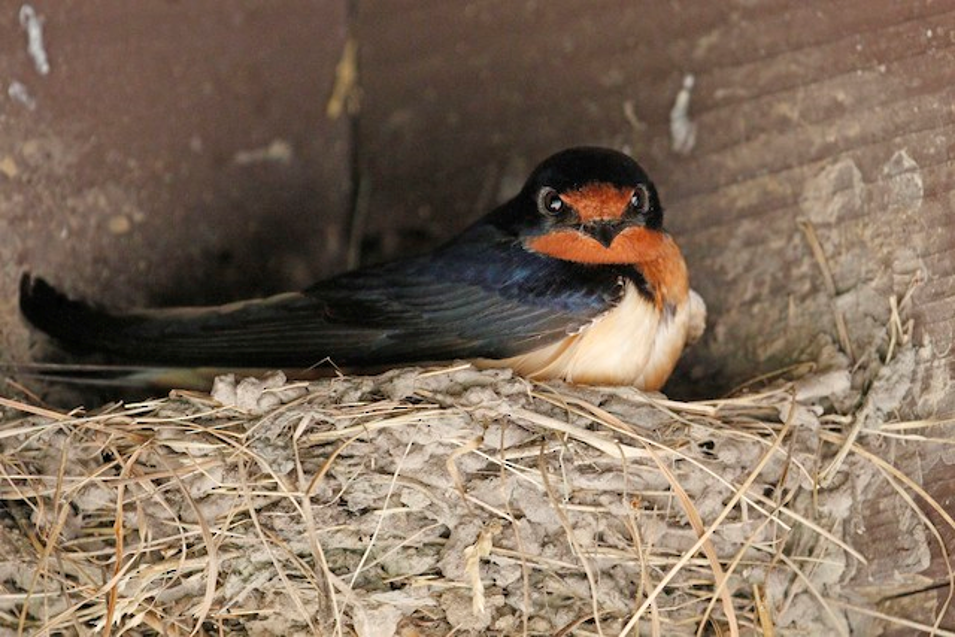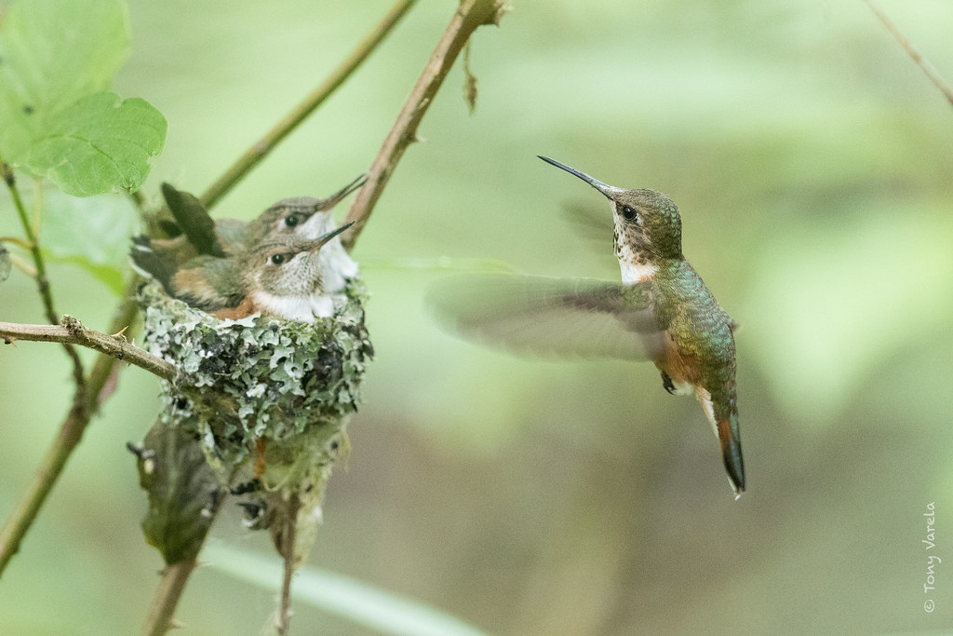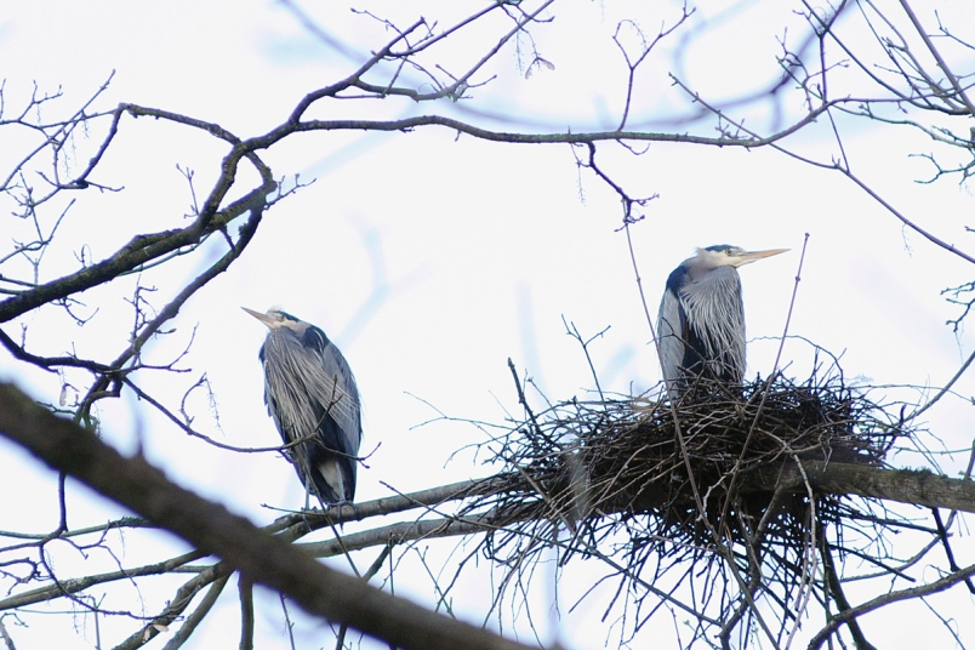It's Bird Nest Survey Season!
Spring is here, and with it comes the return of many migratory and resident birds looking to create or return to their nests within the Lower Mainland. Under the Migratory Birds Convention Act and the provincial Wildlife Act, many bird species, along with their nests, eggs, and young, are protected from harm, disturbance, or destruction. Under these regulations, it is the responsibility of anyone undertaking any form of land clearing to evaluate the risks posed to protected species and to determine what measures are required to ensure compliance with all federal, provincial, and territorial legislation. Planning ahead is crucial, and can help prevent delays and infractions over the course of your project.
March 1 marks the beginning of a general nesting window that is acceptable for most species in the Vancouver area. As the season progresses, the risk to nesting birds becomes more critical and nesting sites are typically protected until the young have left the nest, usually around mid-August. If possible, it is best to conduct all tree removal and vegetation clearing outside of this window. If work must occur between March 1 and August 31, having a Bird Nest Survey conducted on your site by a Qualified Environmental Professional (QEP), prior to commencing work, can help identify active nesting sites and ensure compliance with all applicable legislation.
At Pacific Land Group, we have QEPs on staff with extensive experience conducting Bird Nest Surveys to assist you with identifying active nest sites on your property and determining the appropriate setbacks to mitigate or avoid any potential harm to protected wildlife.
If your project requires such a survey, or you would like further information, any member of our team would be happy to assist you. Please contact us at 604-501-1624 or at info@pacificlandgroup.ca.
Protected Birds include:

Barn Swallow (Hirundo rustica) (photo: birdsna.org)

Rufous Hummingbirds (Selasphorus rufus) (photo by Tony Varela Photography)

Great Blue Herons (Ardea Herodias) (photo: Dan Toulgoet)